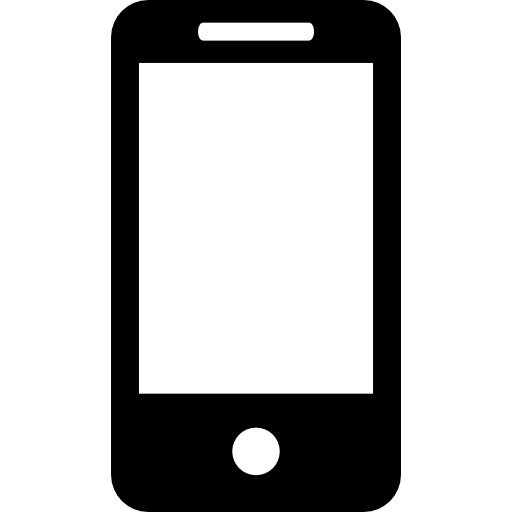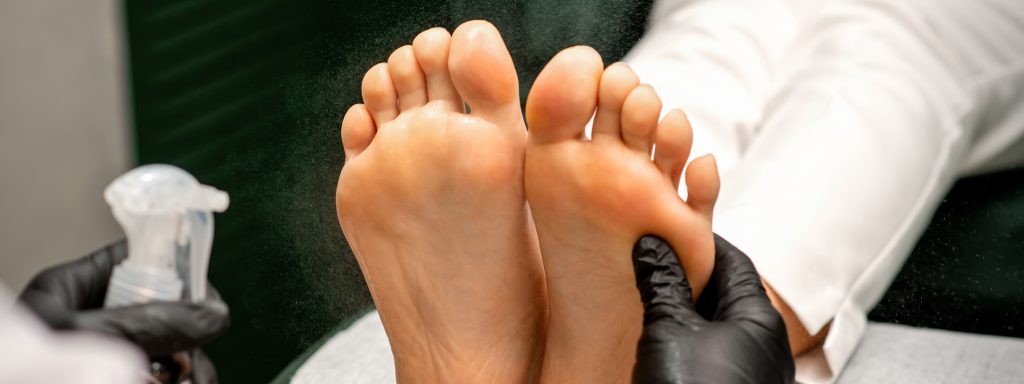What Should You Do if Your Car Gets Sideswiped?
Sideswipe accidents can be deceptive—often appearing as minor incidents—but they can result in significant vehicle damage, severe injuries, and long-term consequences. Victims of sideswipe collisions may experience both physical and financial losses. Distracted driving is a leading cause of vehicle accidents, including sideswipes. Whether you were hit while changing lanes, merging, or traveling alongside another vehicle, it’s essential to understand how these collisions occur and what steps to take afterward to protect your health, rights, and potential injury claim.
RTRLAW’s team of accident attorneys can help you understand your legal options after being sideswiped so you can make informed decisions and take the right next steps.
What Is Considered a Sideswipe Accident?
A sideswipe car accident occurs when two vehicles—such as cars, SUVs, or trucks—traveling in the same or opposite directions make contact along their sides. These collisions often happen when drivers are:
- Making an improper lane change or failing to check blind spots or signal properly
- Drifting into adjacent lanes due to distracted or drowsy driving
- Merging into traffic too aggressively or recklessly
- Failing to maintain proper lane discipline
- Attempting to change lanes simultaneously with another vehicle
- Misjudging space while traveling alongside another car on a multilane road
The driver who fails to maintain a single lane of travel is typically at fault for sideswipe accidents. This lack of lane discipline is a common cause of such collisions and often leads to disputes over liability.
Unlike head-on or rear-end collisions, sideswipes can be especially dangerous because they may not cause an immediate stop, leading to loss of control, swerving, or secondary crashes—particularly at high speeds. A driver may lose control after a sideswipe, increasing the risk of additional collisions or injuries.
What Are the Leading Causes of Sideswipe Collisions?
While some sideswipes are unavoidable, many result from negligent or reckless driving behaviors. Common causes include:
- Distracted Driving: Using a phone, eating, or engaging in other distractions can cause a driver to drift out of their lane.
- Aggressive Driving: Speeding, weaving through traffic, or tailgating increases the risk of misjudging space.
- Failure to Check Blind Spots: Neglecting to check blind spots or signal before changing lanes can result in a sideswipe crash.
- Driving Under the Influence: Impaired drivers may have difficulty maintaining their lane or making safe driving decisions.
- Fatigue or Drowsy Driving: Tired drivers have slower reaction times and may drift unintentionally.
- Adverse Weather Conditions: Rain, fog, or slick roads can make it harder to control a vehicle and stay in a lane.
- High Speeds: Sideswipe collisions at higher speeds can cause severe damage, loss of control, and serious injuries.
- Road Rage: Aggressive or retaliatory driving can lead to sideswipe incidents.
Determining fault often requires a police report, witness statements, and an attorney’s investigation. Typically, the driver who fails to signal or check blind spots is considered at fault. In contributory negligence states, if one driver is found at fault, the other may be barred from recovery.
What Should You Do After Being Sideswiped?
If you’ve just been involved in a sideswipe collision, stay calm and follow these important steps:
- Move to a Safe Location: Get to safety as soon as possible to avoid secondary collisions. Keep your hazard lights on and use warning markers if you must remain on the road.
- Check for Injuries: Examine yourself and passengers for injuries. Call 911 if anyone is hurt. Common injuries include whiplash, fractures, and head trauma.
- Call 911: Always report the accident to the police and request a copy of the report.
- Exchange Information: Collect the other driver’s name, contact details, insurance information, and license plate number.
- Document the Scene: Take pictures of the vehicle damage, road conditions, and visible injuries.
- Gather Witnesses: Record witness names and contact information—they can be crucial in determining fault.
- Notify Your Insurance: Contact your insurance company promptly to start the claims process.
- Seek Medical Attention: Even if you feel fine, get checked for hidden injuries such as whiplash or concussions.
- Keep Records: Track medical bills, lost wages, and other related costs.
- Contact a Personal Injury Attorney: Legal counsel can help you gather evidence, negotiate with insurers, and pursue fair compensation.
Remain calm when speaking with the other driver. Avoid admitting fault or apologizing, as these statements might affect your claim. Wait for law enforcement before giving official statements, and never leave the scene until police have arrived and taken your report.
Car Accidents and Insurance Claims
Managing the aftermath of a sideswipe car accident can be overwhelming—especially when dealing with insurance companies. These claims often involve disputes over fault, with insurers conducting detailed investigations. Understanding how the claims process works can help protect your rights.
Insurance companies rely heavily on evidence such as police reports, witness statements, photos, and vehicle damage to determine liability. In some cases, both drivers may share partial fault. Under comparative negligence laws, your compensation is reduced by your percentage of fault. In contributory negligence states, even slight fault may bar recovery entirely.
To support your claim:
- Gather photos, witness statements, and police reports.
- Keep all documentation of medical treatment and expenses.
- Report the accident and cooperate with your insurer’s investigation.
Sideswipe collisions can cause injuries ranging from whiplash to traumatic brain injuries. Even if you feel fine, seek medical care to document your condition. Emotional distress, such as PTSD or anxiety, can also be included in your claim.
Be cautious with early settlement offers. Insurance companies often present lower initial offers that may not cover the full cost of medical care, lost earnings, or vehicle repairs. Before signing any agreement, consult a personal injury attorney who can review the offer and negotiate on your behalf. Most states set a two-year statute of limitations for personal injury claims, so timely action is key.
Don’t Let a Sideswipe Set You Back… RTRLAW Can Help!
A sideswipe collision might seem minor at first, but it can lead to long-term pain, expensive repairs, and lasting injuries. If another driver’s negligence caused your accident, you may be entitled to compensation for your medical expenses, lost wages, property damage, and pain and suffering.
A personal injury attorney can guide you through the claims process, negotiate with insurers, and advocate for fair compensation. Many lawyers offer free consultations for sideswipe accident victims and work on a contingency fee basis—you only pay if your case is successful.
For a free, no-obligation case review with one of our experienced auto accident lawyers, call RTRLAW today at 1-833-HIRE-RTR or chat with us from our website below. Don’t hesitate to seek legal advice to protect yourself and pursue the compensation you deserve.


 CALL US NOW
CALL US NOW TEXT US NOW
TEXT US NOW



























